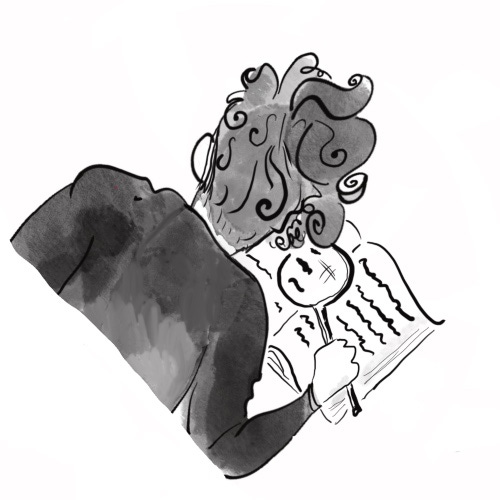The Art of the Quick-and-Dirty Research Dive
Simple, common-sense, and oft-overlooked methods for getting the most out of your sources as quickly as possible!
As I mentioned in this week’s installment of ‘Chapter 1’, I’ve set myself some rather ambitious writing goals for February. One of those goals: drafting a 25,000-word book proposal (including sample chapter) on a subject I used to know pretty well but haven’t worked on in, oh, a decade or so.
By the end of the month.
Now, for a research junkie like me, a …
Keep reading with a 7-day free trial
Subscribe to Page by Page to keep reading this post and get 7 days of free access to the full post archives.





